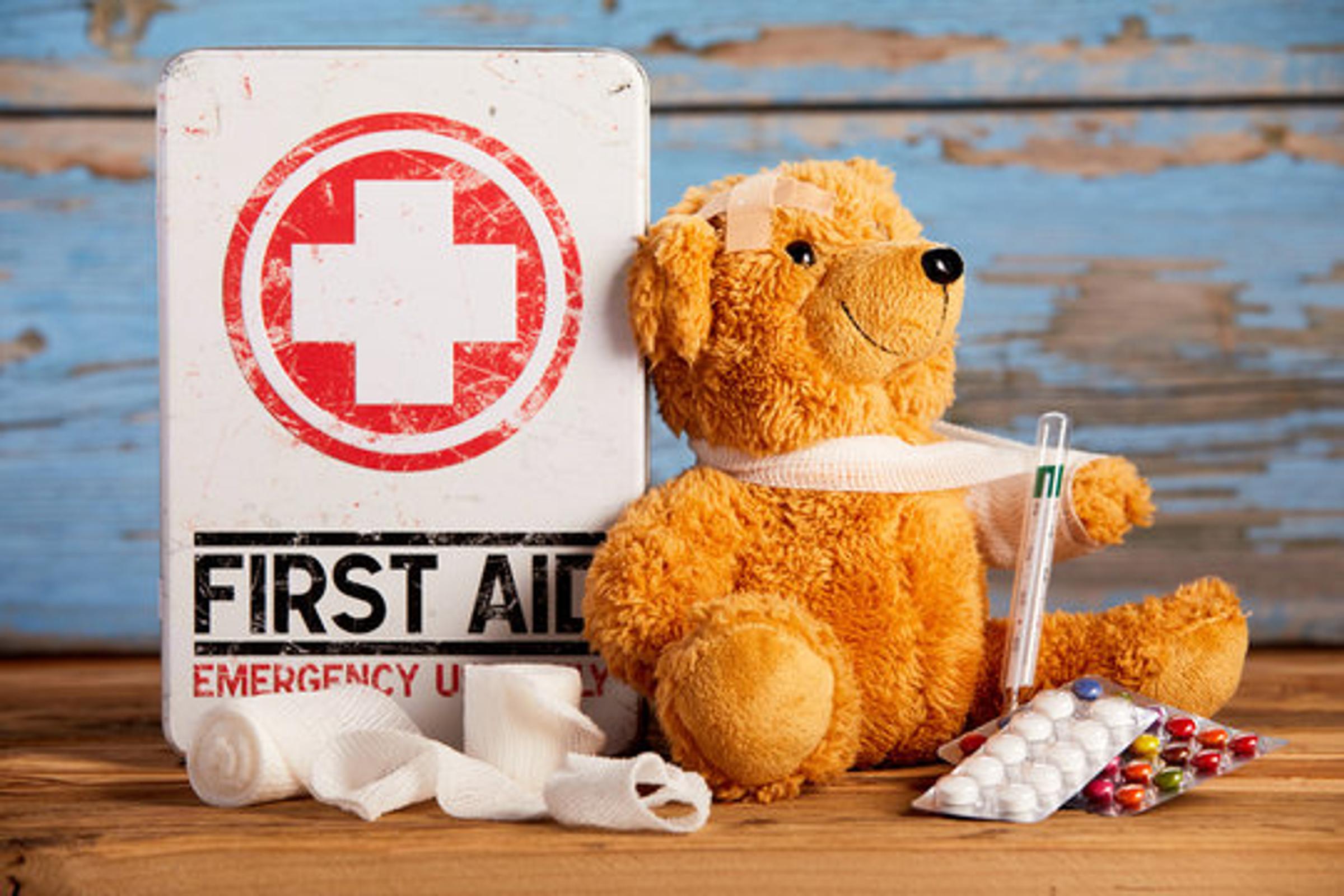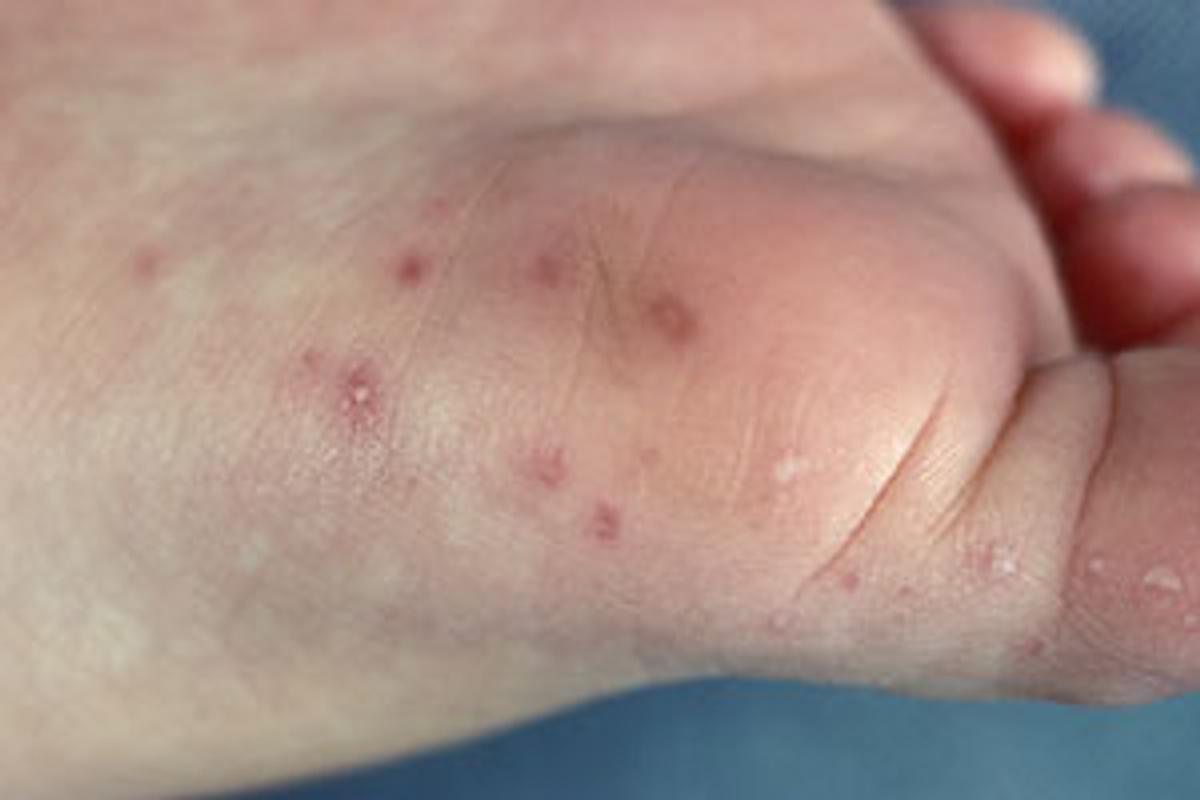First Aid News

Hand, Foot and Mouth Disease
Hand Foot and Mouth disease is listed as the second most common ailment for children visiting the RCH for the month of June 2022. The most common ailment was COVID.
Below is the information provided by the Royal Children's Hospital.
Hand, foot and mouth disease (HFMD) is a viral infection that causes a rash or blisters on the hands and feet, as well as in or around the mouth. There are two types of viruses that cause HFMD, and the symptoms vary depending on the virus.
HFMD mainly affects children under the age of 10, but can also affect adolescents. It spreads easily from one person to another. It is possible to contract the virus more than once, but the symptoms will be less severe.
HFMD is not related to the foot and mouth disease that is found in animals.
Signs and symptoms of HFMD
Symptoms usually start three to seven days after becoming infected, and can last from seven to 10 days. If your child has HFMD, they may feel tired, have a fever, and have a rash. Depending on which virus your child has, the skin rash can look like:
- Small, oval, white blisters on the palms, soles of the feet, as well as in the mouth. Your child may have a sore mouth and throat, leading to poor appetite or risk of dehydration (drinking and eating can be painful because of the mouth blisters).
- A red skin rash with a brown scale on it. The rash appears on the outer arms, hands, legs, feet, around the mouth and upper buttocks. The trunk is usually relatively clear. Sometimes there are blisters present, but they are not usually in the mouth and your child can eat and drink as usual.
The blisters should not be itchy like chickenpox blisters. If your child has eczema, the HFMD can cause the eczema to worsen and potentially become infected with bacteria.
How is HFMD spread?
HFMD is most commonly caused by the coxsackie virus. The main way HFMD spreads is through contact with the fluid from inside the blisters, or with the droplets spread from sneezing and coughing. The virus can also be present in bowel movements (poo) for up to several weeks after the person has recovered.
To prevent the spread of HFMD:
- Wash your hands thoroughly after touching your child’s bodily fluids. This includes touching their blisters, helping them blow their nose, and changing nappies or helping with toileting.
- Make sure your child doesn’t share items such as cutlery, drinking cups, towels, toothbrushes and clothing.
- Keep your child home from school, kindergarten or child care until all the fluid in their blisters has dried.
Care at home
HFMD is a viral infection that rarely causes further complications. Antibiotics do not work on viruses and are not given to children with HFMD. HFMD will get better on its own, but there are ways you can care for your child at home:
- If your child is in pain or is uncomfortable, give them pain relief, such as paracetamol or ibuprofen. Do not give aspirin. See our fact sheet Pain relief for children.
- Give your child frequent sips of water or an oral rehydration solution to stop them becoming dehydrated.
- Leave blisters to dry naturally. Do not pierce or squeeze them.
- If your child is unwell with a fever and a skin rash (small bright red spots or purple spots or unexplained bruises) that does not turn to skin-colour (blanch) when you press on it, this may be a sign of meningococcal infection (see our fact sheet Meningococcal infection).
Key points to remember
- HFMD is a mild illness that will get better on its own.
- Two types of viruses cause HFMD, and the rash depends on which virus your child has.
- HFMD is spread easily from one person to another.
For more information
- Kids Health Info fact sheet: Pain relief for children
- Kids Health Info fact sheet: Dehydration
- Kids Health Info fact sheet: Eczema
- Kids Health Info fact sheet: Fever in children
- Kids Health Info fact sheet: Stopping the spread of germs
- See your GP or Maternal and Child Health Nurse.
- Hand, foot and mouth disease (HFMD)
- NSW Health: Hand, foot and mouth disease fact sheet
- Better Health Channel: Hand, foot and mouth disease
This information is from the Royal Children's Hospital Kids Health Information section.
Link is below
https://www.rch.org.au/kidsinfo/fact_sheets/Hand_foot_and_mouth_disease/

